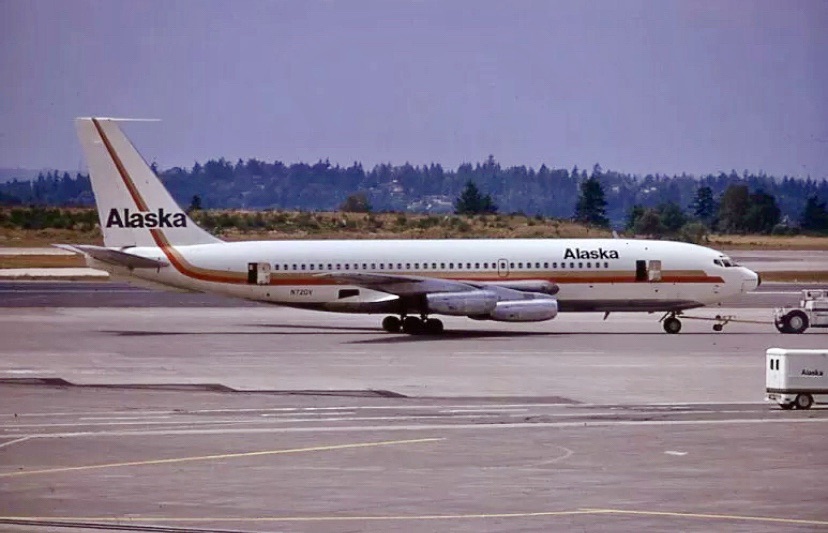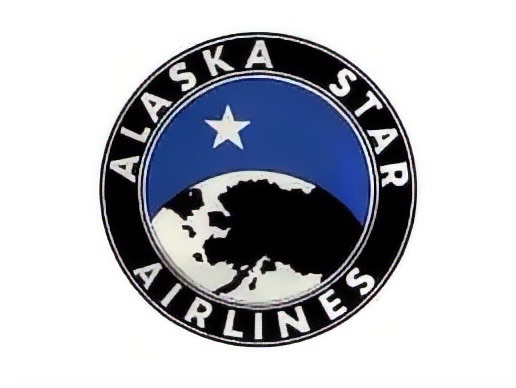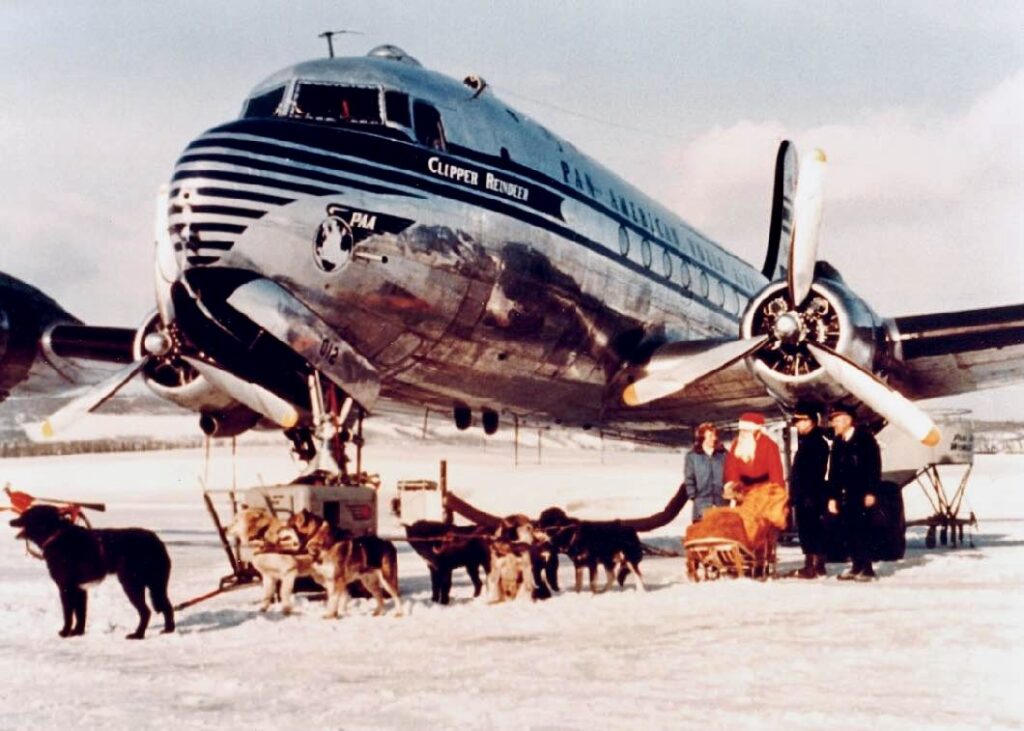
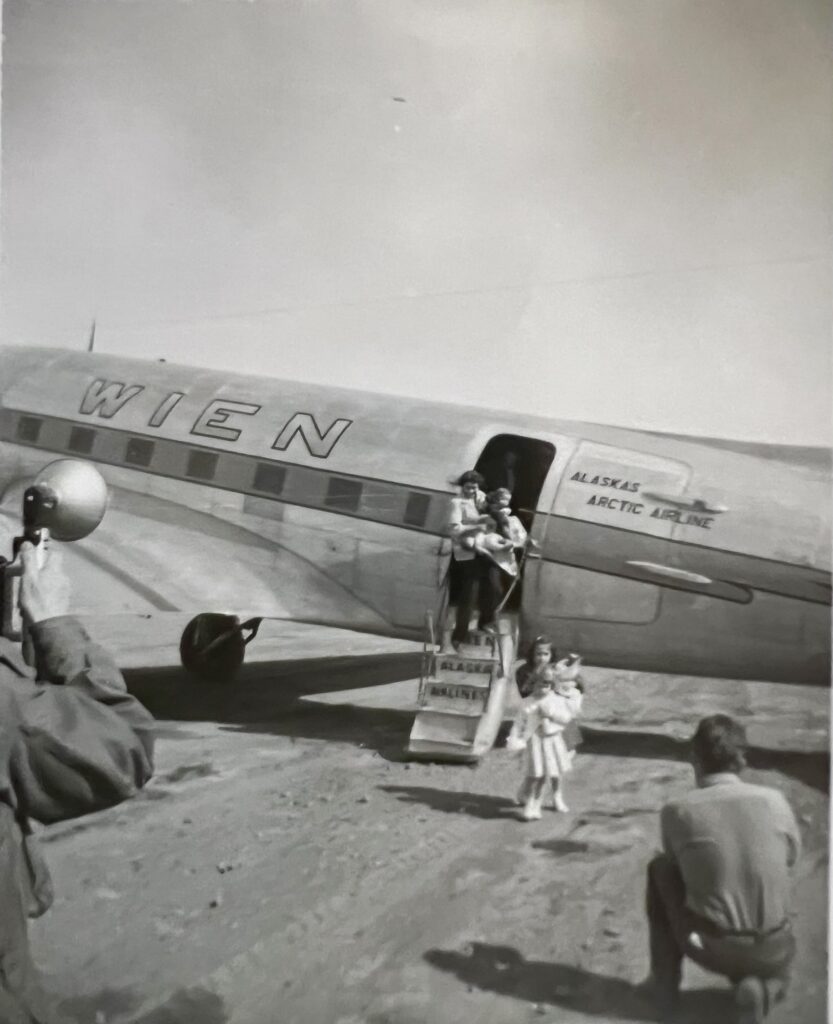
This blog is a reflection of my love for air travel, which began in the 1960s when air travel was considered expensive and exotic, even adventurous.
Alaskans relied on air travel to traverse distances and connect islands, as the small territorial population didn’t support bridges to the capital city, Juneau, or main highways. Air travel was the solitary option, necessary because of limited roadways and harsh conditions. Alaskans were some of the flyingest people in the world.
I have related that my first air trip was a few days after my birth, to return to the hotel my parents operated, the Arctic Circle Hot Springs Hotel. Wein Alaska Airlines, established in 1924, operated their DC-3 on a circular routing, Fairbanks-Arctic Circle Hot Springs-Ft. Yukon-Fairbanks.
Pan American, a pioneer in Alaska flying, from Seattle, operated Seattle-Fairbanks via Juneau, Ketchikan and Whitehorse, Yukon Territory (Canada) with continuing service to Nome in the 1950s. A long journey with no speedier alternatives, except the Alaska Highway which took weeks in the summer, with winter often impossible.
Airlines evolve quickly, and they’re always a learning job as process, regulations, safety measures, passenger needs and economic models evolve. I have often said I went to work for a small company with five planes and nine destinations, in the 1980s, our company grew to be international, well regarded and a leader. By my retirement, I worked for an airline that was the first fully e ticket operation, technology innovator (HUD) and continuous award recipient for safety, quality and innovation.
I have been very fortunate that my home state airline grew beyond its boundaries and has continued to succeed powered by a solid set of values (shout out to John F. Kelly, chairman emeritus) and a talented team of industry professionals. If it had been a graduate school, it would be the best, for air travel. As it is, it continues to filter decisions based upon solid economics and customer/community impacts.
As we used to say “Fly With A Happy Face”….
I’m sincerely grateful I had the opportunity to be with this company for thirty years of continuous growth and innovation.
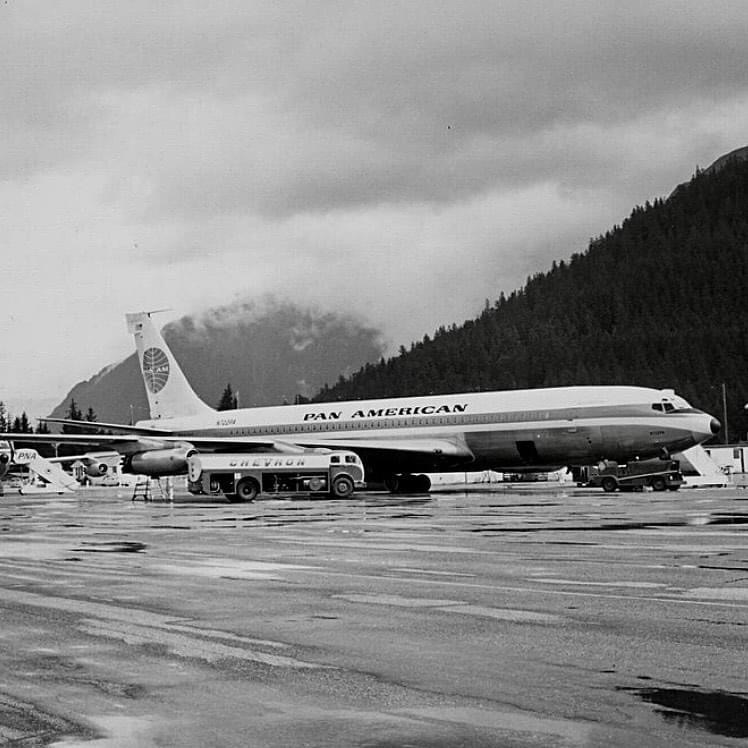

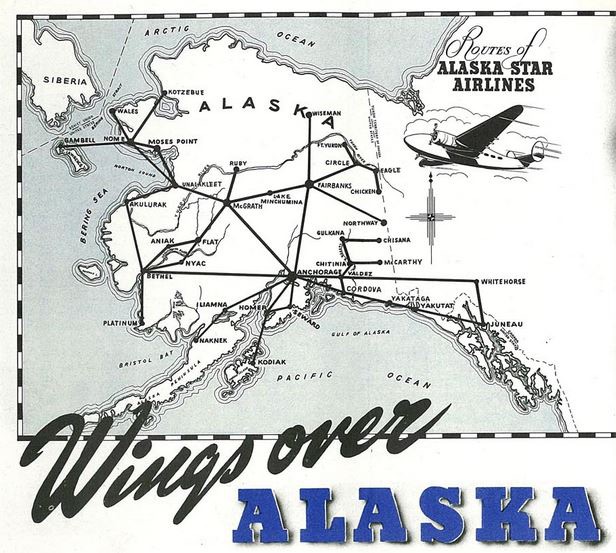
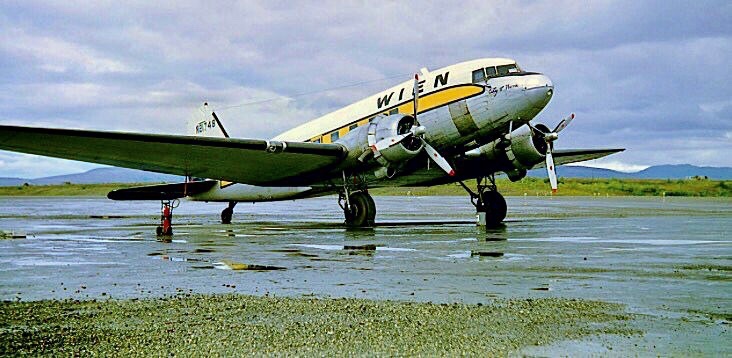
Regardless, flying seemed simple. In those early days, passenger manifests were published in the Fairbanks Daily News Miner, as if you were a celebrity. So much for anonymity.
Alaskans were, and are still today, savvy air travelers because it is a very dependent part of their lives. Airline companies are viewed with a sense of ownership, or as a public utility; interagal to life in the last frontier.
As a young man I flew on the inaugural Pan American 707 service to Seattle, March 1, 1960. The new jets with their shiny exteriors, smooth rides and calming blue and gray interiors, cut travel time by more that half to just over three hours, nonstop to Seattle. A direct DC-6 operated through Whitehorse, Juneau and Ketchikan for a few more years, as runways were extended for jets, and traffic warranted the jet capacity. By 1963 Wein had acquired the Fairbanks-Whitehorse-Juneau route and operated it with their smaller F-27 prop-jets.
Pan American continued the Fairbanks service until the 1980s, ending with the Boeing 747, after the 707s were long into retirement. Those aircraft were grossly oversized for the traffic demand. Eventually Alaska Airlines took on the non=stop service between Fairbanks and Seattle, operating it with a Boeing 727-100 initially.
I started my career in aviation as a customer service agent at the Fairbanks ticket counter in 1974, on a part time basis while attending the University of Alaska main campus in Fairbanks.
We operated former PNA 720s mainly, with an occasional 727 scheduled into Fairbanks. Alaska Airline operated Fairbanks-Anchorage-Seattle in those years, five times daily. Its competitor was the Pan American 747 at midnight each day, southbound to Seattle.
